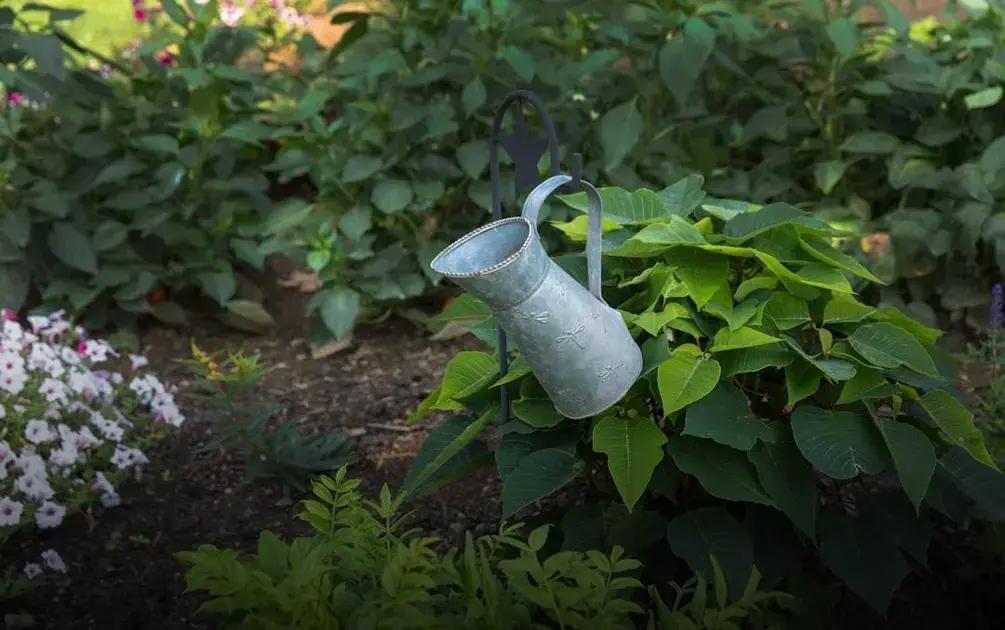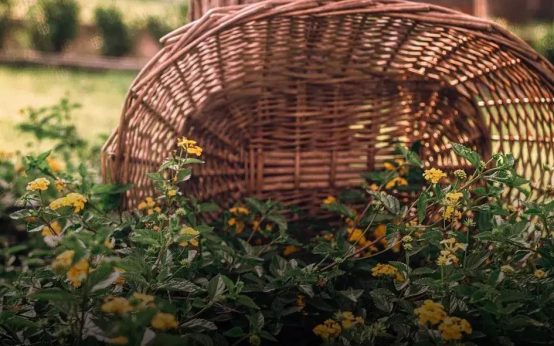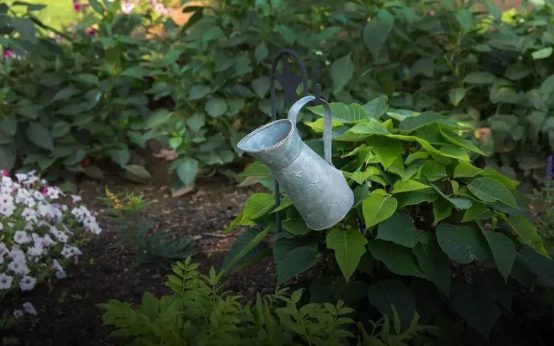Pruning trees and shrubs is essential for maintaining a healthy and vibrant garden. By removing dead or overgrown branches, you encourage new growth and improve the plant’s structure. This all-encompassing guide simplifies the pruning process, helping you achieve a beautiful and well-manicured landscape with ease. From essential tools to avoiding common mistakes, explore everything you need to know in a straightforward way.
Understanding the Basics of Pruning
Pruning is an essential gardening task that involves the careful removal of specific parts of a plant, such as branches, buds, or roots. This practice is crucial for maintaining plant health, enhancing flowering or fruiting, and ensuring structural integrity. Start by understanding the plant’s natural growth habits, as this can guide your approach and timing of pruning.
Benefits of Pruning
Pruning helps in removing dead or diseased wood, which can prevent pests and diseases from spreading. It also allows better air circulation and light penetration throughout the plant. Regular pruning can stimulate the growth of more vigorous shoots and blooms, contributing to a lusher garden display.
When to Prune
Timing is crucial. Typically, late winter or early spring is the best time to prune most trees and shrubs before new growth begins. However, flowering shrubs often have specific times for pruning based on when they bloom. For example, spring-flowering plants should be pruned right after blooming, whereas summer bloomers can be pruned in winter.
Pruning not only helps in shaping the plant but also in controlling its size. This is especially vital for garden spaces where keeping plants manageable is a priority. Before you begin, make sure to remove no more than one-third of the plant material in a single pruning to avoid stress. By understanding these basic principles, you can ensure your garden remains healthy and aesthetically pleasing.
Tools You Need for Effective Pruning

To achieve a successful pruning process, it’s crucial to have the right set of tools. Having the proper equipment not only improves the quality of your work but also ensures plant health and personal safety. Let’s explore the essential tools:
- Pruning Shears: Ideal for cutting branches up to ¾ inch thick. These are your go-to for most shrubs and small branches. Choose bypass pruners for living branches and anvil pruners for deadwood.
- Loppers: When branches are too thick for pruning shears, loppers come to the rescue. Useful for branches up to 2 inches thick, they provide the necessary leverage for cutting.
-
Pruning Saws:
For branches thicker than 2 inches, a pruning saw makes the task manageable. Folding versions are convenient for storage and safety.
- Hedge Trimmers: These are designed for shaping and trimming hedges quickly. They can be manual, electric, or gas-powered.
-
Garden Gloves:
While not technically a tool, gloves protect your hands from thorns, blisters, and other injuries. Choose gloves that provide a good grip and are comfortable to wear for extended periods.
- Tree Pruners: For reaching high branches without a ladder. They often have extendable handles for added reach.
-
Safety Goggles:
Protect your eyes from debris, especially when sawing branches or using power tools. Never overlook safety when pruning!
Equipping yourself with these tools will set you on the right track for effective pruning. Always ensure they are in good condition and sharpened to prevent plant damage and effort wastage. Take time to learn how to use each tool correctly; proper usage extends their lifespan and enhances your pruning skills.
Step-by-Step Guide to Pruning Trees
Step 1: Identify the Right Time to Prune
Timing is crucial for effective pruning. It’s important to recognize which season is best for your specific type of tree. Many trees benefit from winter pruning when they are dormant, which promotes vigorous growth come spring.
Step 2: Inspect Your Tree
Before making any cuts, take time to inspect your tree from different angles. Look for damaged, dead, or diseased branches that require immediate attention. Mark branches you plan to prune.
Step 3: Make the Correct Cuts
Use sharp, clean tools for precise cuts. Begin by removing dead or unhealthy branches, then thin any areas where branches are overcrowded. Remember to cut at a 45-degree angle, about half an inch above the leaf bud.
Step 4: Practice Crown Raising
Crown raising involves removing lower branches to lift the tree’s canopy, allowing light to reach the undergrowth. It enhances the tree’s structure and should be done gradually to avoid stress.
Step 5: Perform Crown Thinning
This method reduces density by removing select inner branches. Focus on branches that cross or rub together. Thinning improves air circulation, ensuring your trees remain healthy and resilient.
Step 6: Clean Up
After pruning, gather all branches and leaves. Consider composting healthy debris to benefit your garden naturally. Dispose of any diseased material responsibly to prevent infection spread.
Step 7: Monitor Tree Health
Post-pruning, watch your trees regularly. Ensure they receive enough water and nutrients. Promptly address any signs of distress or new diseases.
How to Prune Different Types of Shrubs

Pruning shrubs is essential to maintaining their health and aesthetics. Different shrubs require different pruning techniques to thrive. Knowing what type of shrub you are working with is the first step.
Deciduous Shrubs
These shrubs shed their leaves annually and often need pruning in late winter or early spring. Remove dead or diseased branches first. Then, thin out crowded stems to allow better air circulation and light penetration. This helps prevent disease and promotes healthy growth. Don’t forget to cut branches at a 45-degree angle above a healthy bud.
Evergreen Shrubs
Evergreens retain their foliage all year, requiring a more subtle approach. Trim these shrubs in early spring before new growth starts. Focus on shaping the plant by cutting just above a node. Avoid cutting back into old wood, as evergreens often struggle to recover from severe pruning.
Flowering Shrubs
For shrubs that bloom on new wood, like hydrangeas, prune them in late winter or early spring before they leaf out. If they bloom on old wood, pruning should take place after flowering in early summer. This ensures you won’t cut off next year’s flower buds.
Rejuvenation Pruning
For older or overgrown shrubs, consider rejuvenation pruning. This involves cutting the shrub down to about 6 to 12 inches above ground level. This drastic method can help encourage new growth and restore vigor to the plant.
By understanding the specific needs of your shrubs, you ensure they remain a beautiful, thriving part of your garden.
Common Mistakes to Avoid When Pruning
While pruning can significantly enhance the health and beauty of your garden, it is important to avoid certain common mistakes that can hinder your plants’ growth. One frequent error is pruning at the wrong time. Each plant has its own ideal pruning season; research and adhere to these for optimal results. Another pitfall is over-pruning. Removing too much foliage can stress the plant, reducing its ability to produce food and recover. Additionally, using dirty or blunt tools can introduce diseases to your plants, so always clean and sharpen shears and saws before use. Also, avoid improper cutting techniques. Cuts should be clean and precise, ideally just above a bud or branch junction. Pay attention to the natural shape of the tree or shrub. Reshaping too aggressively can leave the plant susceptible to environmental stressors. By avoiding these mistakes, you can promote healthier, more aesthetically pleasing growth in your garden.


 Water-Saving Gardening: Top Tips for a Drought-Resistant Yard
Water-Saving Gardening: Top Tips for a Drought-Resistant Yard  Attracting Birds to Your Garden: Plants That Bring Them
Attracting Birds to Your Garden: Plants That Bring Them  How to Start Composting at Home: A Beginner’s Guide
How to Start Composting at Home: A Beginner’s Guide